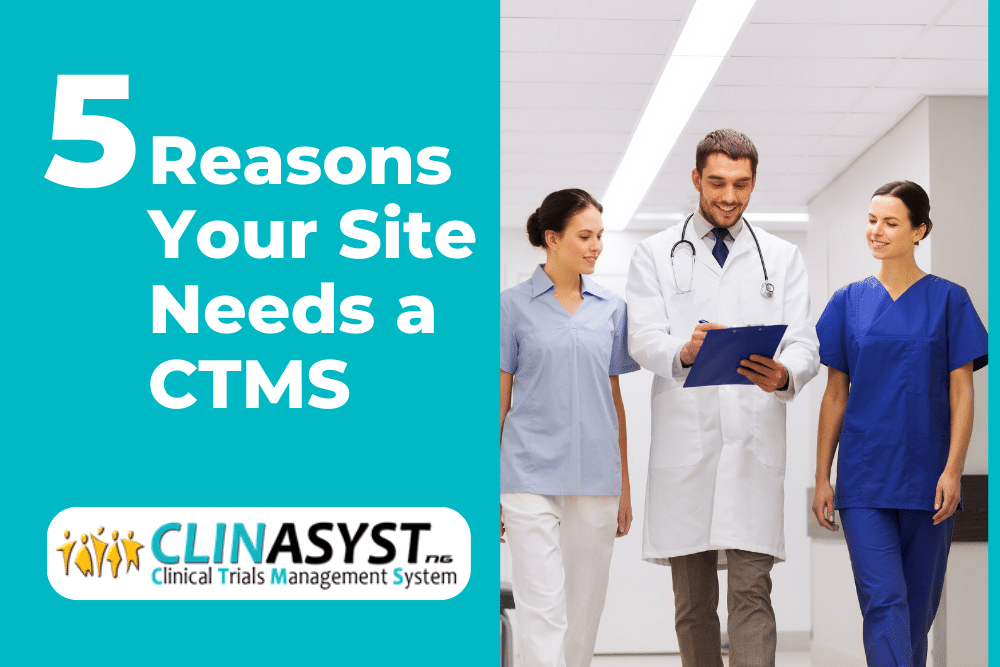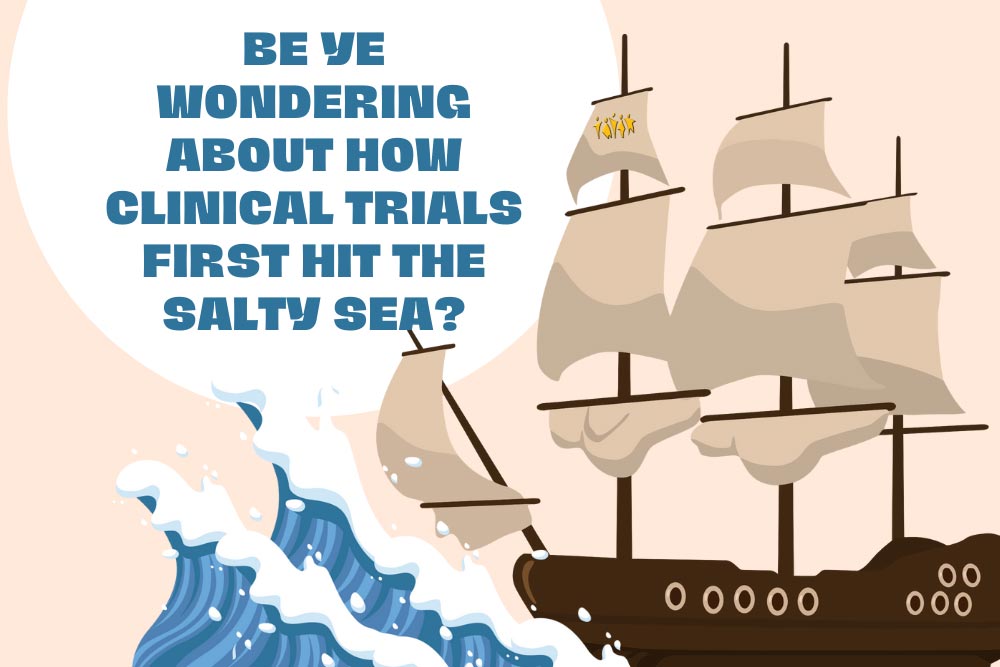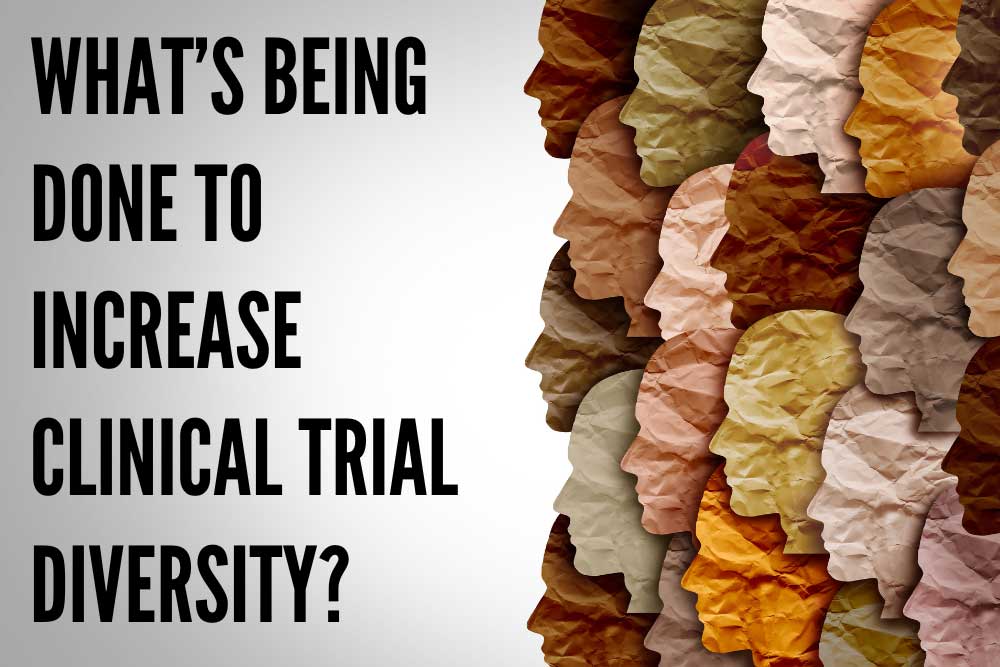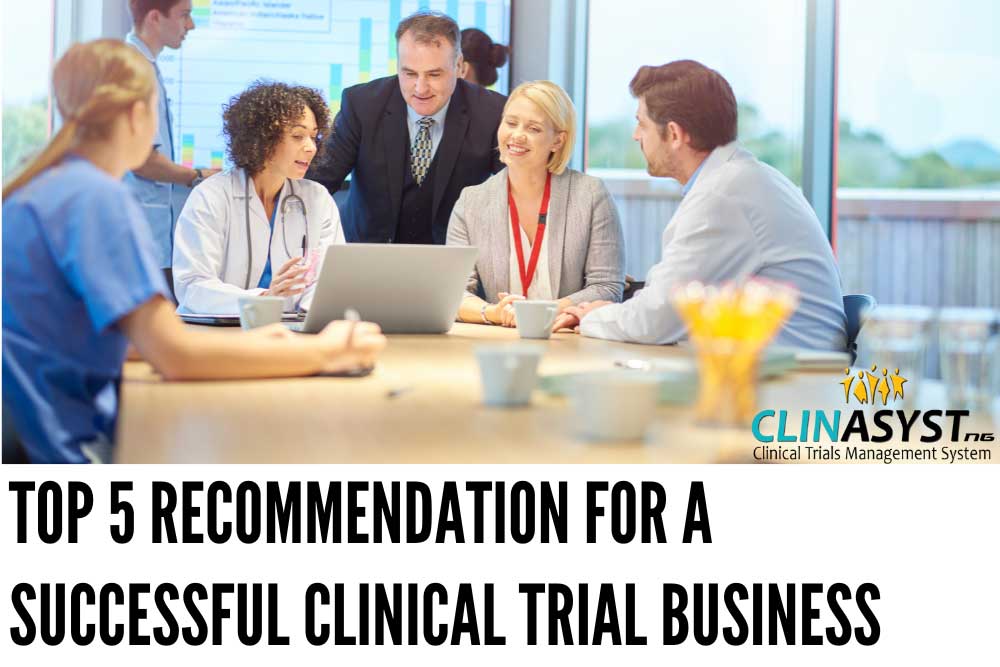5 Reasons Your Site Needs a CTMS
Clinical trials are an integral part of the pharmaceutical industry, and they require meticulous organization and management. As clinical trials are becoming more complex, time-consuming, and expensive, it has become critical to manage them efficiently. That’s where Clinical Trial Management Software (CTMS) comes into the picture. CTMS is a centralized platform that enables efficient management of clinical trial data, processes, and workflows. In this article, we’ll explore the benefits of using CTMS for a research office.
Improved Efficiency:
One of the significant advantages of using CTMS is the improvement in efficiency. CTMS enables research offices to automate manual processes, reduce paperwork, and optimize workflows. With CTMS, study teams can easily manage the trial lifecycle, from study planning and start-up to execution and closeout. CTMS can help streamline processes such as subject recruitment, informed consent, site activation, and site monitoring. By automating these processes, CTMS reduces the risk of errors and saves time, enabling research offices to focus on more critical tasks.
Improved Data Management:
Clinical trials generate a vast amount of data, which can be challenging to manage. CTMS helps manage clinical trial data effectively by providing a centralized platform to store and track data. CTMS can also generate customized reports, providing insights into trial performance, progress, and results.
Increased Compliance:
Clinical trials are subject to strict regulatory requirements, and non-compliance can result in severe consequences. CTMS can help ensure compliance with regulations by providing standardized processes and workflows. CTMS can also track and manage documentation, facilitating audit readiness. By ensuring compliance, CTMS reduces the risk of regulatory violations and associated penalties.
Improved Communication:
Clinical trials require collaboration among various stakeholders, including investigators, study coordinators, regulatory, business development and recruitment departments, and sponsors. CTMS provides a centralized platform for communication and collaboration, enabling stakeholders to share information, track progress, and resolve issues. CTMS can also provide alerts and notifications, ensuring that stakeholders are aware of critical events and timelines.
Cost Reduction:
Clinical trials can be expensive, and managing them efficiently can reduce costs. CTMS can help reduce costs by optimizing workflows, reducing errors, capturing SAEs and minimizing duplication of effort. By streamlining processes, CTMS can also reduce the time required to conduct trials, enabling research offices to complete studies faster and more cost-effectively.
It’s important to note that there are several CTMS solutions available in the market, and choosing the right one can make a significant difference in the success of a research site. ClinasystNG is a CTMS designed specifically by clinical research sites, making it an excellent choice for research offices looking to optimize their trial management processes.
ClinasystNG is a comprehensive CTMS solution that offers several features that can help research offices work more efficiently and increase revenue. For example, the platform can automate many of the manual processes involved in clinical trial management, reducing the time and effort required to complete these tasks. This not only saves time but also reduces the risk of errors, ensuring that data is accurate and consistent.
Furthermore, ClinasystNG offers a wide range of reporting and analytics tools that enable research offices to track the progress of their trials and identify areas for improvement. This insight can help teams optimize their workflows and make data-driven decisions that can increase revenue for their organization.
In summary, ClinasystNG is an excellent CTMS solution that offers a range of benefits to research offices. By enabling staff to work more efficiently and increasing revenue for the organization, ClinasystNG can help research offices successfully manage their clinical trials and bring new treatments to market faster.






